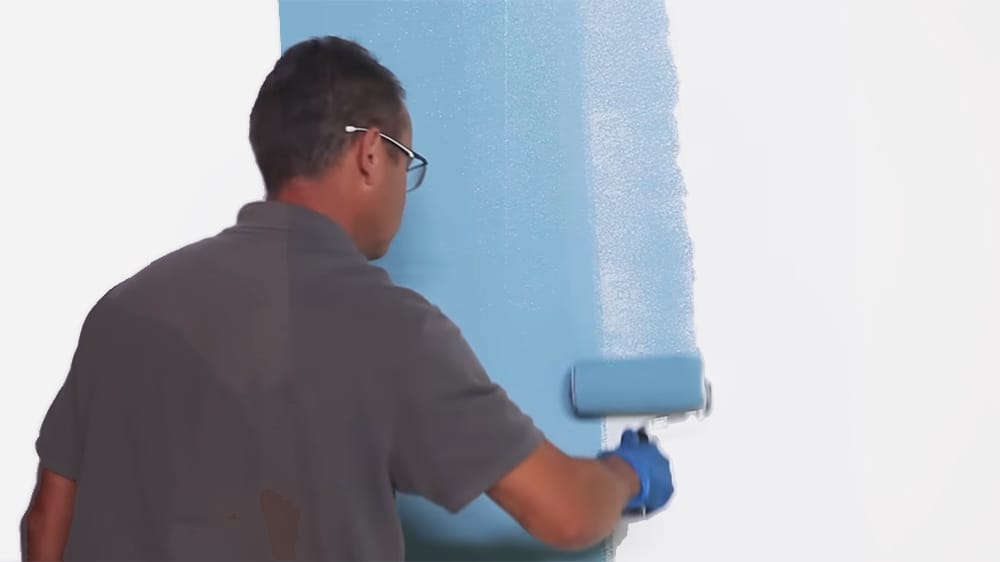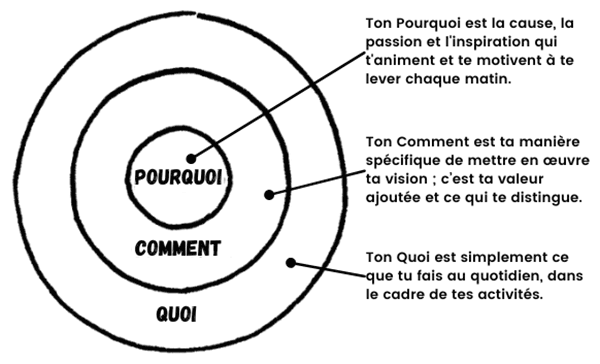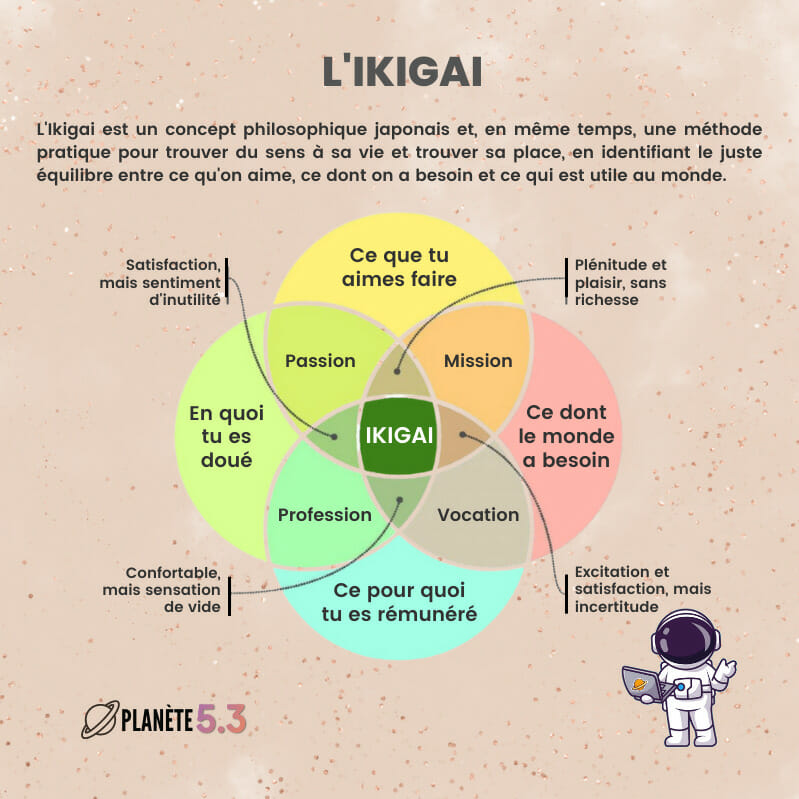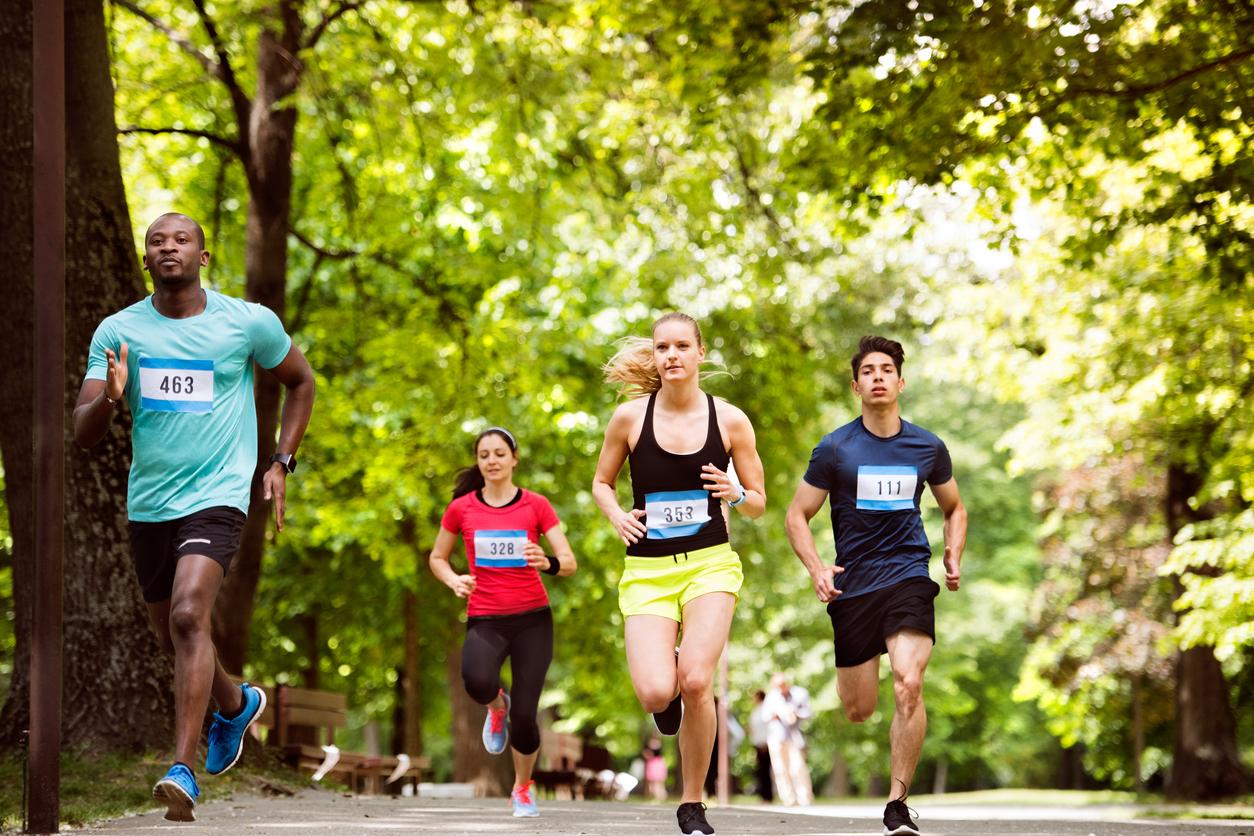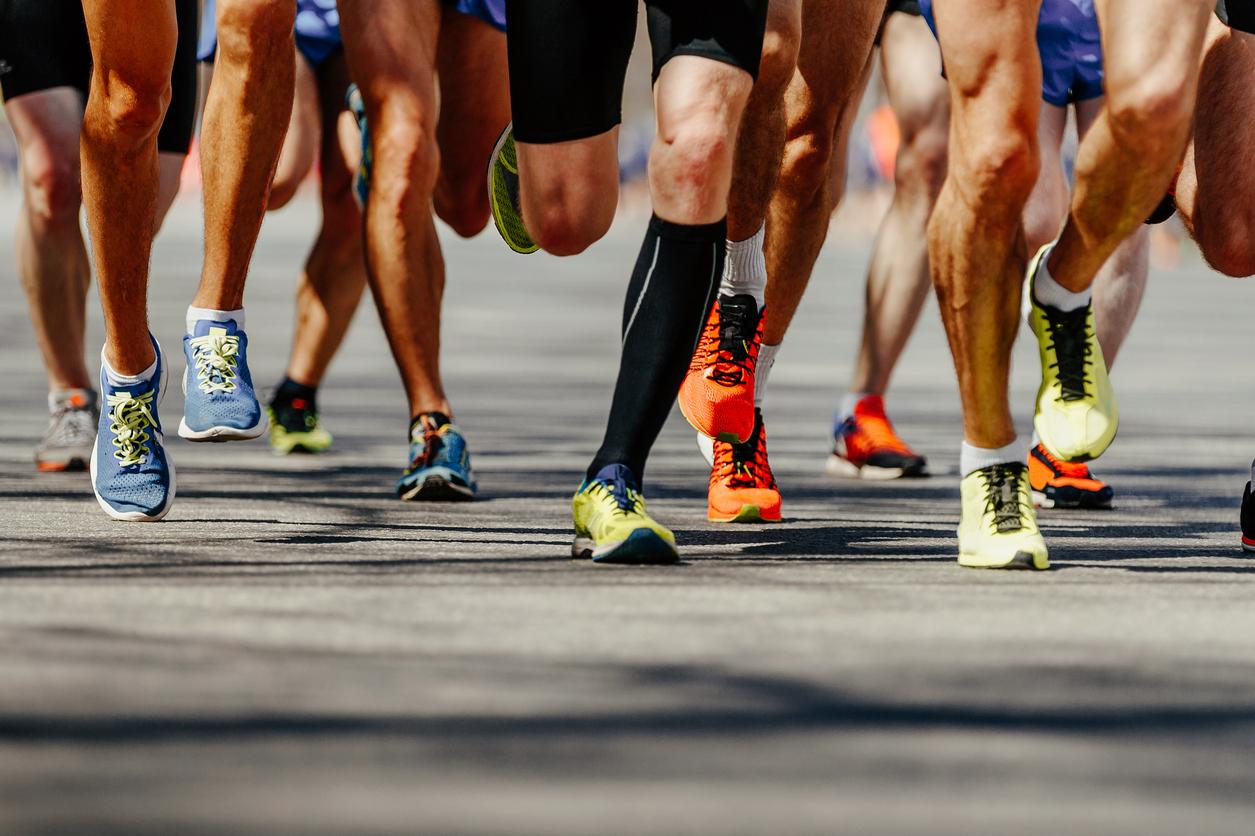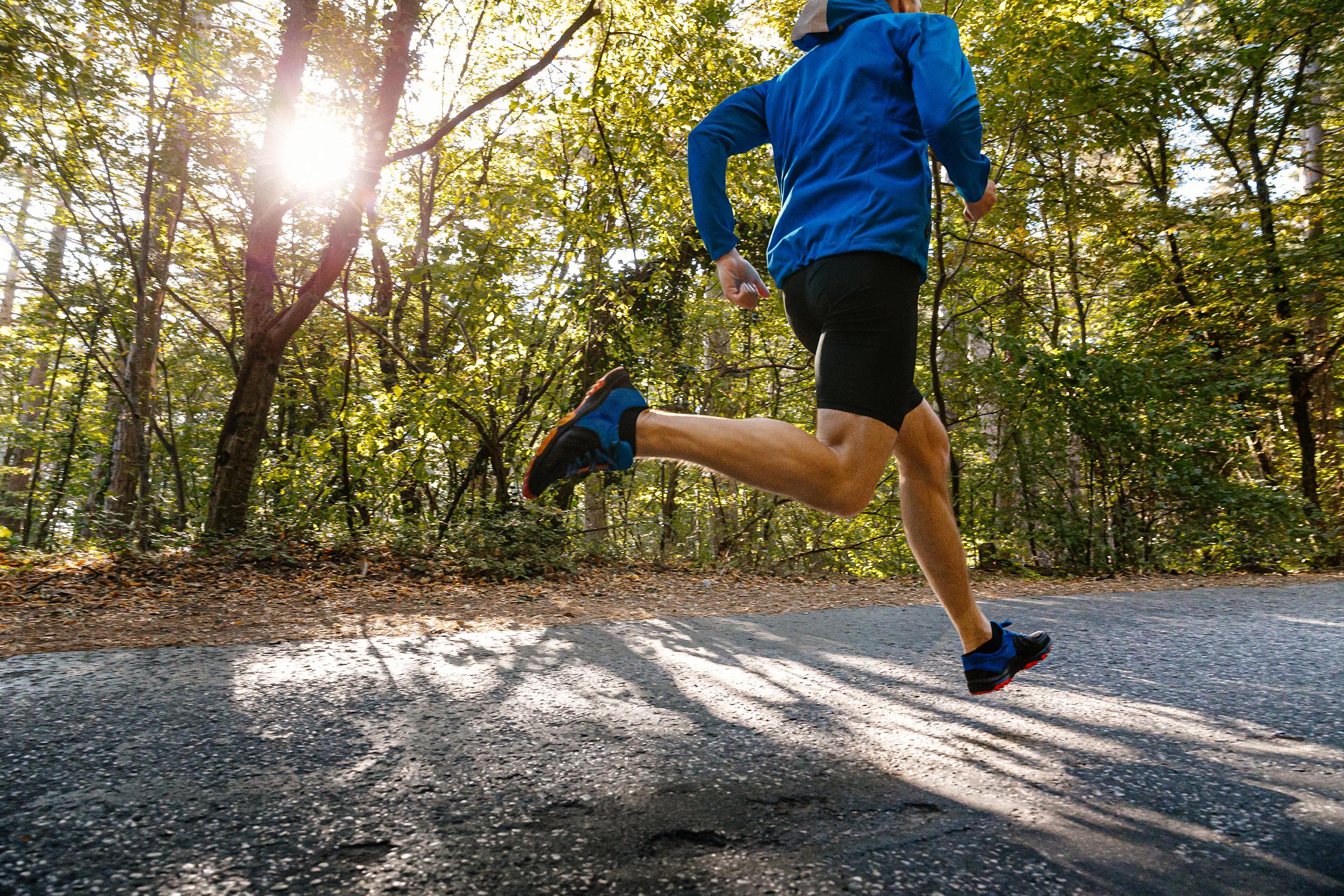
Advice for fitting and measuring
Narrow, wide, a high instep or wide toes: no foot is the same. Fortunately, there is a running shoe for almost every foot.
Study your feet, take the wet foot test, follow the tips and you will find the ideal running shoe.
Wet foot test
Usually, the seller will look at your normal shoe to see where the sole is most worn. Sometimes this says more about the material than about your foot. The wet footprint test gives a better picture of your feet. It’s still not a professional way to get to the bottom of your feet. For that you have to go to the podiatrist.
That is how it works
Put your foot in the water and walk on a flat, level ground such as a piece of cardboard.
Do you see:
- the toe and heel print with little in between? You need a shoe that corrects a hollow foot. In such shoes, the outside of the midsole is more supportive than the inside.
- the whole foot? This is a flat foot. With these shoes, the material on the inside of the midsole is harder compared to the outside.
- the toes, forefoot and heel, without space but with wide band? You have a normal gait cycle.
Buying shoes
For good advice, it is better to go to a running shop rather than a sports shop. The sellers are real specialists in running shoes. A good running shoe costs about a hundred euros. You may not last longer than a cheaper shoe, but your performance will be better.
Fitting tips
- Outline your foot, cut it out and take it with you when trying on shoes. Compare this to the insole of the shoe you want to buy. This way you can see if the shoe is made for your foot.
- Try on shoes in the afternoon or after a run. Then your feet are slightly swollen. You can then best test what your foot needs.
- Stand up to see if your shoes fit properly and how much space you have. There should always be about six millimeters between your longest toe and the front of your shoe.
- Pay close attention to the fit. This is especially important with the heel counter. If the shape doesn’t fit your foot well, you can develop ankle and knee problems.
- Do not opt for an extra wide shoe if you do not have a wide foot, otherwise your foot will slide too much.
- Run around the store for a quick test.
- Wear sports socks and put any arch support in the running shoe.
- Fit multiple sizes. For example, if you have size 38, it is best to also fit sizes 37 and 39. Choose the shoe that fits best and don’t buy purely on those numbers.
- A foot scan is available in a number of running specialty stores. This device creates a digital image of your foot. You walk over a pressure plate, while the Footscan follows the movements of your foot. The device will advise you on a suitable shoe.
- Do not buy shoes that are uncomfortable.
Ties against slipping
Do you still have running shoes that do not fit optimally after all these tips? Then your way of tying laces can straighten this out somewhat.
- Slipping Heel: Cross your laces to the second to last hole. Thread the lace through the hole on the same side and pull the lace further until a loop is formed. Thread the end of the lace through the loop on the other side and pull tight.
- Shoe that is too wide: cross the laces until halfway up your shoe. Then do the same as described in the first option. Once you have tightened the laces, you can continue to lace in the normal crisscross fashion.
- Shoe that is too narrow: remove the laces completely from the shoe. Baste them again from the third or fourth hole from the bottom.







